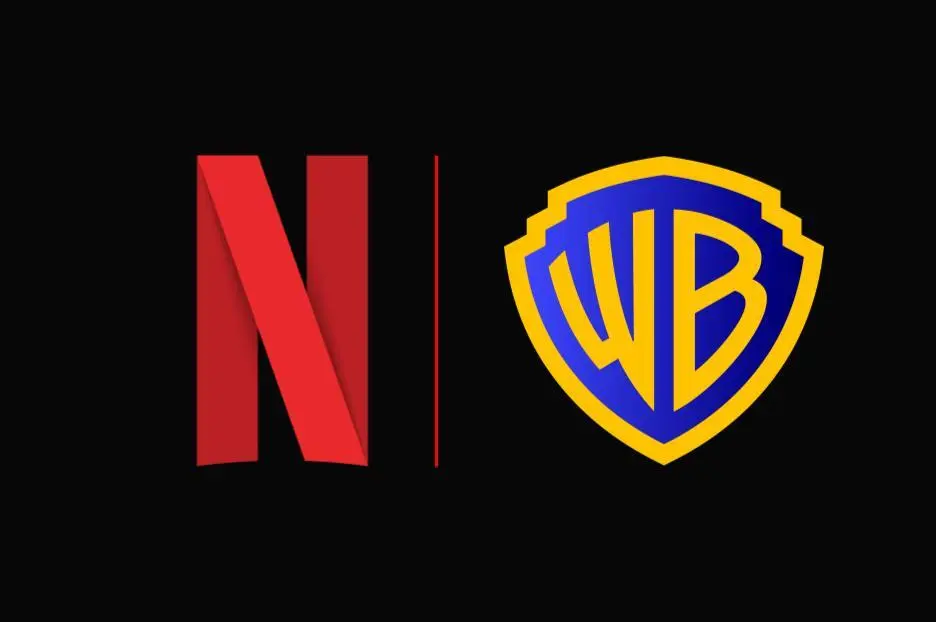Urban Investor’s Dictionary: Quant Funds

May 25 | 2017

The biggest and fasting growing trend in investing is the increasing use of Quant (Quantitive) Funds. As it stands somewhere between 16-25% of current trade volume is made up of quant funds. Quant funds are a product of the growing trend of quantitive analysis. The same technology that is defeating world class chess champions, and propelling self driven cars is slow becoming a dominant force in the financial world as well.
Quantitive analysis is a form of analysis based on mathematical measurements, calculations, statistical modeling and research. It’s aim is to use the data and the statistics to gain an objective understanding and predictably to the behavior of events, markets, companies, financial instruments, etc. Computer based models are designed and then used to determine the attractiveness of an investment.
The early progenitors of quantitive analysis and quant funds are often referred to as “quants” themselves. Even with their growing popularity quantitive funds still face skepticism. No one really understands how their algorithms work and thus the process is sometimes referred to as “Black Box”. Not all investors are fond of the mystery behind quant funds.
Conversely actively managed quant funds are beginning to consistently outperform their counterparts. With a data driven, testable, and easily reviewable as to the errors approach, quant funds are attracting more and more investor dollars.This in turn leads to more development of the technology and methodology behind quantitive analysis, hence making it more effective and attracting eve more investor dollars.
Late 19th – early 20th century French mathematician Louis Bachelier is credited as the early pioneer for quant analysis and funds. In his Ph.D. thesis titled “The Theory of Speculation” Bachlier makes use of statistical analysis to study and understand stock price fluctuations. As with most pioneering genius, Bachelier’s ideas were initially met with skepticism and scrutiny. Decades later his work would be properly recognized.
The financial crash in the 1930’s led two Columbia professors – Benjamin Graham and David Dodd to publish a book titled “Security Analysis”. The placed an impetus on developing a new investing strategy that was more disciplined in its framework. This approach focused on the analyzing a company’s financial statements and comparing it’s market value against it’s intrinsic value. It would lay the foundation for what is now know as “value investing”. As the technology developed with the theory, more investors and academia jumped on board.
The earliest versions of activity managed quant funds were developed and launched in the first half of the 1980’s. Since then software has rapidly evolved to suit the purposes of gathering, analysis, and making predictions based on the data. Ahead of the 2008 market crash, quant funds began to exhibit strange behavior. As if they had predicted the crash a year before it happened, quantitive funds across the board began entering into sell positions. While some viewed this as erratic behavior and felt cause for concern, others saw the true potential in the quantitive analysis process, and since then quant funds have more than tripled in market share.










